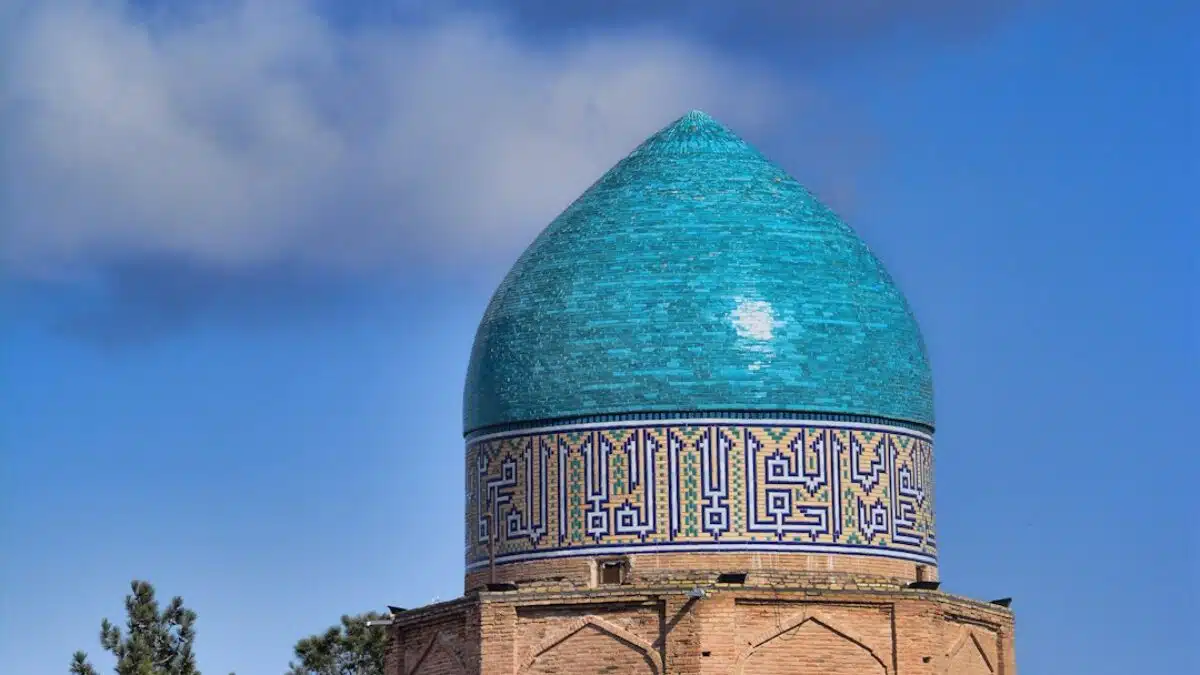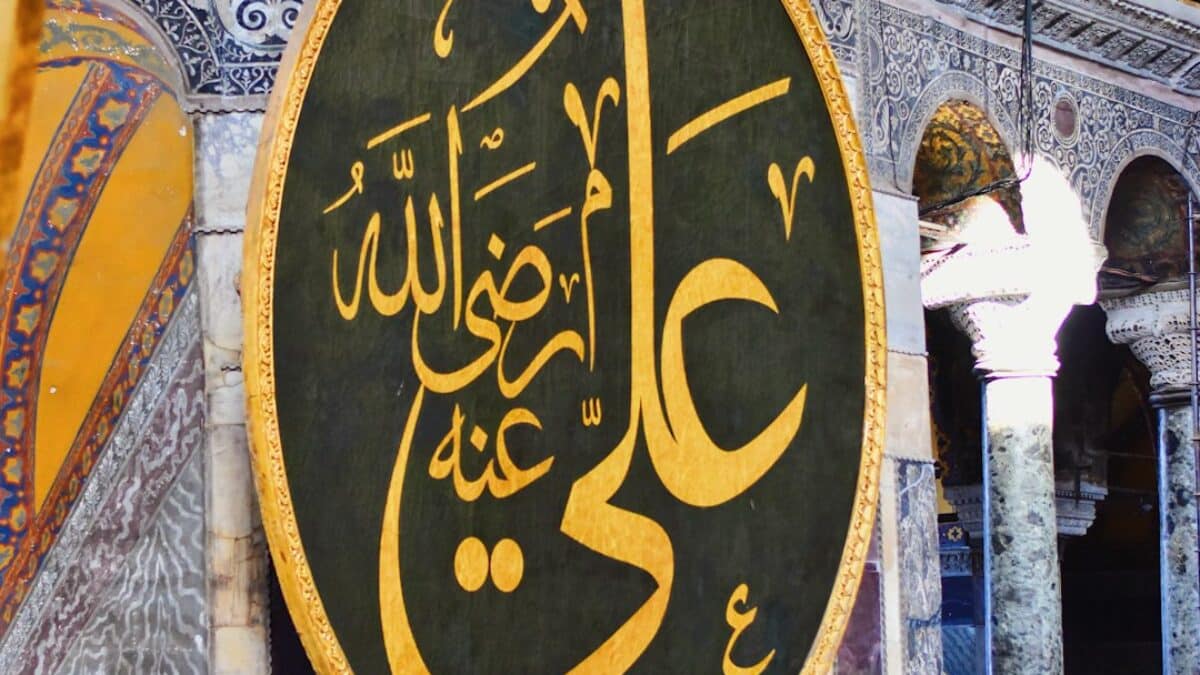Surah Al-Ankabut, the 29th chapter of the Qur’an, derives its name from the parable of the spider in verse 41, where a frail web is used to illustrate the weakness of any refuge besides Allah. Revealed in Makkah during a period of intense persecution, its verses address a community whose faith was tested daily through social boycott, economic sanctions, and physical torture. In The Ultimate Guide to Faith, Trials, and Spiritual Resilience, we will unpack how this surah equips believers to transform hardship into spiritual growth, drawing timeless lessons that resonate as powerfully today as they did fourteen centuries ago.
Understanding Surah Al-Ankabut
Revelation Context and Background
Surah Al-Ankabut was revealed in the middle-Makkan period, after the Prophet Muhammad ﷺ had openly proclaimed Islam yet before the migration to Madinah. Key historical markers include:
- The Year of Grief: Just months after the deaths of Khadijah and Abu Talib, when protection and morale were at their lowest.
- Boycott of Banu Hashim: Quraysh imposed a three-year embargo, confining the Prophet’s clan to a secluded valley with scarce food.
- Torture of Early Converts: Believers like Bilal and Khabbab were publicly tormented; the surah’s stories of past prophets validate the suffering they endured.
Each verse, therefore, functioned as both therapy for the wounded community and strategy for the long, uphill struggle ahead.
Placement and Macro-Structure
Within the Qur’an’s 114 chapters, Surah Al-Ankabut stands between Al-Qasas (which recounts Musa’s triumph) and Ar-Rum (which predicts Rome’s victory), forming a triad that moves from historical precedent to eschatological certainty. Its 69 verses fall into three stylistic arcs:
- Verses 1–10: The opening test of faith—“Do people think…”—sets the tone for every trial that follows.
- Verses 11–40: Narratives of Nuh, Ibrahim, Lut, Shu‘ayb, and others, each demonstrating how divine aid arrives precisely when human means are exhausted.
- Verses 41–69: Theological reflections, social ethics, and a triumphant vision of the Day of Judgment, ensuring the believer’s morale is restored and future-focused.
Key Components of Surah Al-Ankabut
Thematic Pillars
Four interlocking themes weave through the surah, each carrying practical implications for modern life:
1. Fitnah (Trial) as Purification, Not Punishment
Verse 2 explicitly states, “Do people think they will be left to say, ‘We believe,’ without being put to the test?” The Arabic fitnah implies both testing and refining—much like a metallurgist heats gold to extract impurities. Trials, then, are intentional divine processes that remove ego, greed, and heedlessness.
2. Prophetic Case-Studies as Roadmaps
- Ibrahim (as): Confronts patriarchal idolatry, survives the fire, and migrates to an unknown land.
- Lut (as): Stands against sexual immorality despite social ostracism.
- Shu‘ayb (as): Challenges economic exploitation in Madyan.
These stories are curated to match the Makkan Muslim experience: “If they did it then, so can you now.”
3. The Spider Web Parable
Verse 41 compares those who take allies besides Allah to a spider that builds a house whose frailest of threads will break. The imagery is visceral: silky webs appear strong until wind and rain expose their brittleness. Applied today, careers, bank balances, or social media followings may feel secure but collapse under life’s storms if not anchored in tawhid.
4. Resilience Through Ritual
The surah’s closing verses command salah, zakah, and sabr, forming the spiritual triathlon that sustains resilience. Salah channels grief into conversation with Allah, zakah breaks attachment to wealth, and sabr converts passive waiting into active endurance.
Linguistic Gems
| Arabic Word | Root Meaning | Implication |
|---|---|---|
| ibtilā’ (29:2) | balwā – to test the quality of cloth | Believers are “fabric” inspected for durability. |
| la-yablu-wanna-kum (29:3) | balā – to distinguish | Trials reveal who is authentic versus fake. |
| ankabūt (29:41) | ‘nkbt – entanglement | False refuges ensnare like spider silk. |
Benefits and Importance
Psychological Fortitude
Modern psychology corroborates what Surah Al-Ankabut legislates: post-traumatic growth occurs when adversity is framed with meaning. Verses 5–7 promise that “Allah will surely bring forth [the believers]”, embedding hope within hardship. Neuroimaging studies on religious coping show decreased amygdala reactivity when subjects view adversity as purposeful.
Moral Clarity in Gray Zones
Contemporary believers face ethical fog—gambling apps disguised as “investment,” or relationships that tiptoe outside wedlock. The surah’s narratives provide non-negotiable lines. When Ibrahim refuses even a nominal compromise with idolaters, modern Muslims learn that partial obedience is full disobedience.
Community Cohesion
By stressing the ummatan wāḥidah (one nation) of prophets, the surah erases tribal pride. In multicultural mosques today, reciting the shared heritage of Nuh, Ibrahim, and Muhammad ﷺ dissolves ethnic boundaries, fostering collective resilience against Islamophobia or internal sectarianism.
Practical Applications
Daily Spiritual Workout
Below is a 5-day micro-plan inspired by Surah Al-Ankabut:
- Day 1 – Verse Reflection: Read 29:2–3 before Fajr and journal one trial you are facing and the hidden refinement within it.
- Day 2 – Prophetic Mirror: Identify which prophet’s trial resonates most with your struggle; draw a parallel timeline of their patience and your action plan.
- Day 3 – Spider Web Audit: List three “false webs” you rely on for security; replace each with a Qur’anic du‘ā or ṣadaqah.
- Day 4 – Community Sabr: Organize a support circle where each member recounts a past trial Allah eased.
- Day 5 – Gratitude Liturgy: End the week with Sajdah Shukr, reciting 29:14 to internalize Allah’s deliverance.
Family Resilience Toolkit
- Children’s Bedtime Story: Adapt the spider parable into a 3-minute bedtime story; reinforce that “Allah’s house is stronger than any pillow fort.”
- Couple’s Reflection: Share one hardship that actually strengthened your marriage instead of weakening it, aligning with 29:67’s “secure sanctuary.”
- Teen Mentorship: Use Ibrahim’s debate with his father (29:16–17) to coach teens on respectful disagreement amid cancel culture.
Workplace Ethics Workshop
Create a one-hour lunch-and-learn session:
- Present Shu‘ayb’s condemnation of fraudulent scales (29:29–30).
- Case study: how falsifying KPIs is modern mukhtāl fūz (swaggering fraud).
- Brainstorm transparent metrics aligned with Islamic fiduciary duty.
Frequently Asked Questions
What is the central message of Surah Al-Ankabut?
Surah Al-Ankabut’s central message is that genuine faith is forged through trials. Allah does not test to break but to prove and purify conviction. The surah weaves narratives of eight prophets to show that hardship is a divine constant and salvation is the eventual constant.
How does the spider metaphor apply to modern insecurities?
Webs today include crypto bubbles, influencer fame, or unethical relationships. Like a spider’s silk, these glitter until market crashes, algorithm changes, or scandals tear them. The surah warns that only tawhid—anchor in Allah—offers unbreakable refuge.
Can non-Arabic speakers benefit from the surah without losing depth?
Absolutely. While Arabic conveys nuance, thematic study guides (like this one), reliable translations, and tafsirs such as Tafsir al-Jalalayn or In the Shade of the Qur’an unlock layers. Supplement with Arabic word-root flashcards to gradually internalize key terms like ṣabr and fitnah.
How do I explain the surah’s violent punishments (e.g., flood, earthquake) to children?
Frame them as consequences of systemic injustice rather than random wrath. Use eco-system analogies: when a forest is polluted beyond repair, a cleansing fire allows regrowth. Emphasize Allah’s mercy in sending prophets first and His justice when warnings are ignored.
Is there a best time to recite Surah Al-Ankabut?
Classical scholars recommend Thursday night recitation to prepare spiritually for Friday and to seek steadfastness. However, its thematic relevance to trials makes it ideal whenever one faces hardship—be it exams, medical diagnosis, or career uncertainty.
How can I turn passive recitation into active transformation?
Follow the TADD approach:
- Translate: Read a word-for-word translation to grasp raw meaning.
- Associate: Link each prophet’s trial to a personal parallel.
- Du‘ā: Recite 29:30’s plea “My Lord, support me…” in sajda.
- Do: Commit one micro-action (apology, charity, honest disclosure) inspired by the verse.
What scholarly resources deepen study without overwhelming beginners?
Start with Bayyinah Institute’s Surah Al-Ankabut podcast series, progress to Dr. Yasir Qadhi’s thematic tafsir notes, and, for Arabic students, pair with Mu‘jam al-Mufahras to trace word usage across the Qur’an. The layered approach prevents cognitive overload while ensuring depth.
Conclusion
Surah Al-Ankabut is not a historical relic but a living manual for navigating 21st-century turbulence. Its verses transform persecution into purification, isolation into intimacy with the Divine, and fragility into unbreakable spiritual steel. By studying its contexts, internalizing its themes, and operationalizing its practices, believers cultivate an anchored resilience that thrives precisely when worldly supports crumble. As you close this guide, revisit the spider web parable one last time: today, choose to weave your refuge not from fleeting silk
























Post Comment